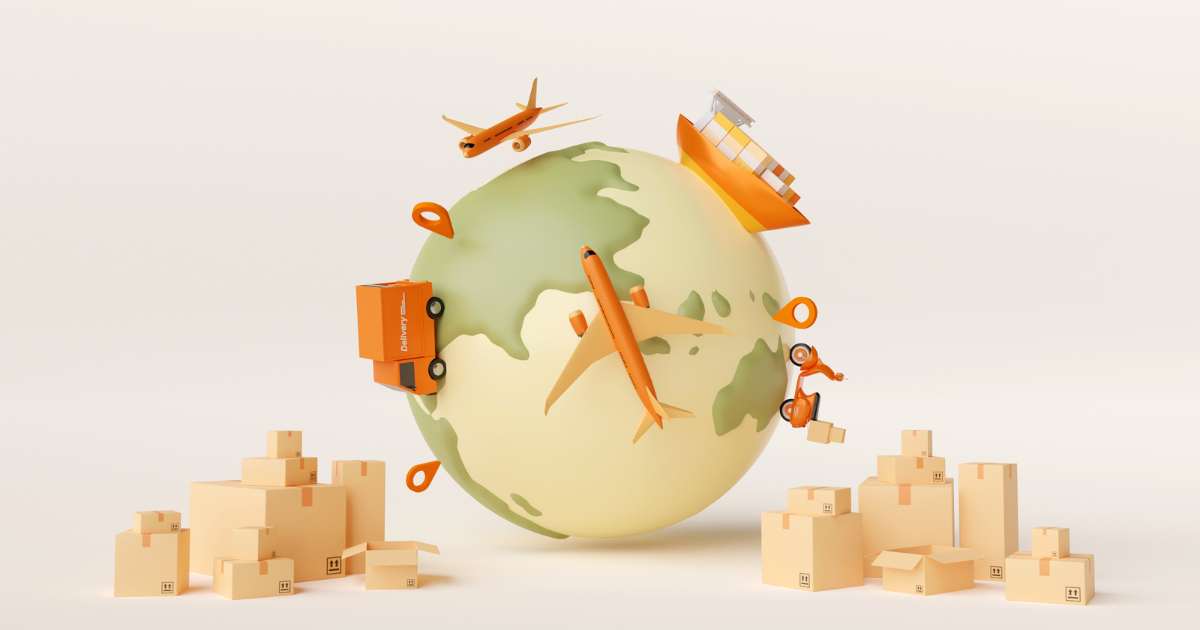
The United States of America has decided to impose a 30% tariff on South African exports from 1 August 2025. This move appears to be prompted by political motives, but regardless of the reasons behind it, it brings a heavy blow to SMEs who relied heavily on the US-RSA trade agreements.
Many South Africans, especially in markets related to agriculture and manufacturing, depend on exports to the US. Advancements such as the African Growth and Opportunity Act (AGOA) previously brought home to these businesses as the act opened the opportunity for duty-free imports to the country. Although this was an attractive benefit to accessing US markets, the announcement of the tariff hikes that countries across the world will face has brought about concern. The Minister of Finance, Enoch Godongwana, shared his distress about the hundred thousand job losses that are on the cards for South Africans.
According to Luncedo Mtwentwe, the Managing Director of Vantage Advisory and host of the SAICABiz Impact podcast, South Africa has been too dependent on the US economy for too long. He highlights the USD 8,21 billion during 2024 as proof. Yet, he also remains positive that SMEs can still leverage local value chains and trade opportunities like the African Continental Free Trade Area (AfCFTA).
Overdependence on Western Markets
There’s no denying that South Africa is overdependent on Western markets when factors such as the increased tariffs leave the country vulnerable. But more than this, South Africa finds itself in a catch-22. On the one hand, self-reliance means opportunities for job creation, but it also means that exporters are feeling a lot of pressure, and a vital inflow of capital into South Africa is reduced. So, how can entrepreneurs manage this?
“My realistic take on this whole situation is that it’s time for cost optimisation,” says Mtwentwe. “We entrepreneurs need to be managing our costs tightly, cutting out all unnecessary spending. One of the quickest, most practical ways to do that is to simply leverage technology to drive efficiency and productivity in everything we do.”
Beyond getting your house in order, Mtwentwe emphasises that businesses also need to be far more proactive. “Engage with platforms like the Department of Trade, Industry and Competition (DTIC) and the various BRICS councils right here in South Africa to explore new opportunities. But don’t stop just there. Go out and approach different chambers of commerce, especially those representing non-Western countries. That’s how we’ll find and access those alternative markets.”

Opportunities Closer to Home
The African Continental Free Trade Area (AfCFTA) is already in place, but for South African SMEs to tap into it, it’s all about collaboration and partnerships with the right people. “That’s where the real value lies,” Mtwentwe shares. “We are seeing massive demand across Africa in sectors like agri-processing, manufacturing, digital services, and infrastructure. SMEs need to plug into these opportunities, and one of the fastest ways to do that is by leveraging B2B e-commerce platforms. These allow businesses to transact faster and establish long-lasting African trade relations.”
Furthermore, he encourages SMEs not to overlook the power of business trade associations, which play an important role by assisting traders through navigating the complexities of cross-border trade and getting them export-ready.
The Answer in Strategic Localisation
Mtwentwe believes that to make AfCFTA a success, SMEs that are looking to export to African countries must employ a localisation strategy. This is when a business adapts its product to meet the specific cultural, linguistic and regulatory requirements to target the audience that has specific geographic demographics. An example of this would be that McDonald’s has a different menu at their various locations across the world.
For South African SMEs, this would naturally have a focus on their neighbouring countries’ language and cultural influences.
“This is where the DTIC has to take a stronger lead. It must actively promote proudly South African goods and invest more in marketing to raise consumer awareness about the economic impact of imports,” he explains.
“Development Finance Institutions (DFIs) have a key role to play here too,” Mtwentwe adds. “It’s time to ease some of those strict funding requirements. Instead, they should be supporting the local economies that create demand and generate jobs on the ground. It’s not just about throwing money at businesses but also about enabling sustainable, home-grown economic activity for South Africa.”






